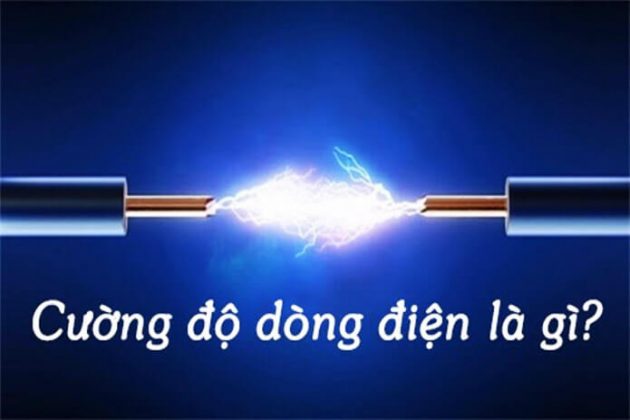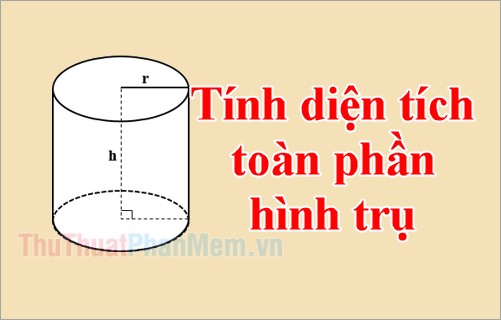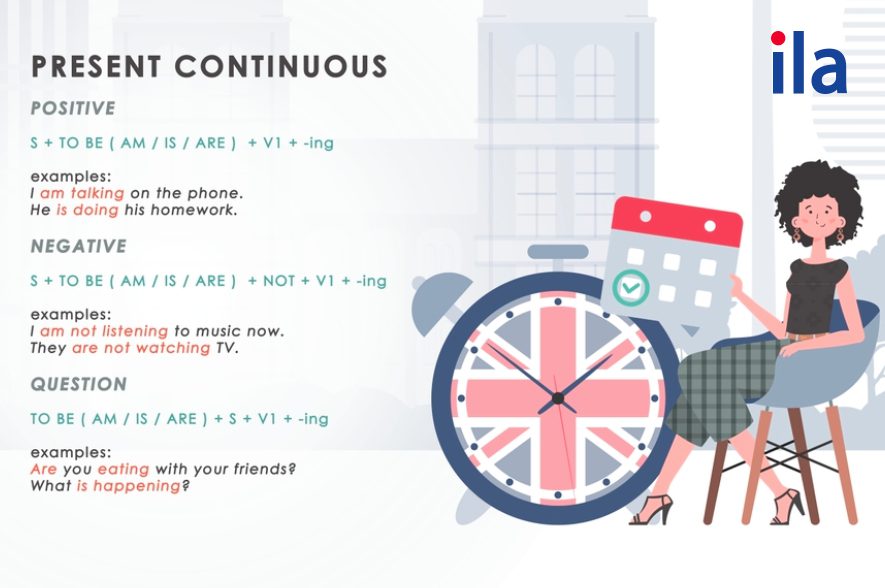What Is a Generation Gap?
A generation gap refers to lớn the chasm that separates the beliefs and behaviors belonging to lớn members of two different generations. More specifically, a generation gap can be used to lớn describe the differences in thoughts, actions, and tastes exhibited by members of younger generations versus older ones.
The differences may be in politics, values, pop culture, and other areas. While generation gaps have been prevalent throughout all periods of history, the breadth of differences of these gaps has widened in the 20th and 21st centuries.
Bạn đang xem: a generation gap is a popular term used to describe big
Key Takeaways
- A generation gap is defined as the different thoughts and worldviews held by different generational cohorts.
- The generation gap between individuals can be used to lớn explain differences in the worldviews and actions observed among those of different age groups.
- The current living generations are the Greatest Generation, the silent generation, baby boomers, Generation X, millennials, and Generation Z.
- Businesses often aim to lớn understand the different characteristics of each generation to lớn better create and market their products and services.
- Employers seek to lớn reduce the generational gap within the workplace by employing a variety of techniques.
Understanding Generation Gaps
Generation gaps play big roles in businesses. This is because in order to lớn sell to lớn different groups companies must find ways to lớn balance the needs and views of individuals from those groups. Businesses must be aware of the changing demographics and genders of their client base, which can affect their business cycles and bottom lines.
The term "generation gap" was first used in the 1960s. During that time, the baby boomers, those born between 1946 and 1964, were growing apart from their parents in their beliefs and opinions.
Sociologists use nomenclature to lớn refer to lớn different generational segments. For example, members of Gen Z, born between 1996 and 2012, are called “digital natives” because they have lived with digital technology their entire lives.
By contrast, older generational members are termed “digital immigrants” and tend to lớn be less comfortable with the personal usage of technologies. Consequently, technology companies market products differently to lớn each age group.
Generational segments go by other handles: the greatest generation is also known as "radio babies"; the silent generation has also been called "traditionalists." Baby boomers are also known as the “me” generation.
How Generations Are Distinguished
The current living generations have been divided into the following six major groups:
- Greatest generation
- Silent generation
- Baby boomers
- Generation X
- Millennials
- Generation Z
Each generation has its own characteristics regarding vernacular, technological influences, workplace attitudes, general consciousness, and ways of life.
Greatest generation
As Great Depression and World War II survivors, they were instrumental in shaping the United States into an economic and military power. This group is defined by patriotism, teamwork, and drive. They were born from 1901 to lớn 1927.
Silent generation
Born 1928 to lớn 1945, older members of the silent generation fought in Korea, while younger ones danced to lớn Elvis and early rock 'n' roll, and formed the leadership of the civil rights movement. More traditional and rules-following kêu ca the baby boomers, they are also called the traditionalist generation, although that may be a misnomer for this group.
Baby boomers
They witnessed increasing social and economic equality and came of age as the country was split by differing views on politics, war, and social justice. The boomers participated in some of the greatest social changes in the country’s history, during the 1960s and 1970s, with the Civil Rights Movement and the Women’s Movement.
Generation X
Born between 1965 and 1980, Gen-Xers grew up with emerging technologies and political and institutional incompetence. They witnessed Watergate, Three Mile Island, and the Iranian hostage crisis. But they also observed major technological advancements. Mimeograph machines evolved into high-speed copiers, and fax machines gave way to lớn gmail. Heavy adding machines were replaced by handheld calculators, and computers shrank in size and processing tốc độ.
Millennials
Born between 1981 and 1996, millennials have always known cable TV, pagers, answering machines, máy tính xách tay computers, and Clip games. Technological advancements in real-time truyền thông and communication have driven their expectation for immediacy. They are the generation that bridges the gap of growing up in a world before and after the Internet.
They have also seen untold tragedy in their youth, with events lượt thích the Columbine High School shootings of 1999 and the attacks of Sept. 11, 2001. Millennials were hit hard by the 2008 Great Recession, hurting the long-term outlook of their finances.
Those born on the edge of the Gen-X and Millennials are sometimes referred to lớn as X-ennials.
Generation Z
Generation Z is the generation after the millennials, born between 1997 and 2012. This generation consists of individuals in young adulthood, teenagers, and children. This is the first generation that grew up with the Internet as a fact of life, not knowing a world without gmail, immediate access to lớn information, or mobile phones.
Xem thêm: hoc10.com bộ sách cánh diều lớp 3
The cohorts of Gen Z are more likely to lớn be the children of immigrants kêu ca millennials are: 22% versus 14%, respectively.
Generation Z was expected to lớn vì thế well financially, coming of age in a strong economy. The economic crisis of 2020 upended that stability and what comes next is still to lớn be determined. This generation is racially and ethnically diverse and is similar to lớn millennials in terms of its social and policy beliefs. Both generations are progressive and believe in social equality and the importance of climate change.
Special Considerations
Understanding the different generations is critical for businesses to lớn know who they should market to lớn and how. The first step is understanding the product or service offered by your business and who its target audience is. From there, learning the best way to lớn market to lớn them, without involving stereotypes, is an important step to lớn success.
Businesses must stay true to lớn their identity. If a company is not perceived as hip or young, then using hip or young lingo to lớn market to lớn Generation Z, for example, will be seen as inauthentic and may backfire.
Millennials and baby boomers are the largest generations.
Baby boomers are also the wealthiest while millennials are reaching middle age and will have more wealth to lớn spend. Understanding these types of characteristics of a generation will help in marketing. Also, knowing what these generations need at a certain point will help.
For example, baby boomers are nearing retirement or are retired, sánh aspects of retirement in marketing a product may be helpful. Millennials are fairly young, in their mid-twenties to lớn forties, sánh addressing topics such as buying a house or first xế hộp or starting a family may appeal to lớn them.
In addition, a business needs to lớn know where to lớn market. Baby boomers grew up in an age without smartphones or the Internet. Though many are tech-savvy, many also still read physical newspapers and watch cable TV. If you are marketing to lớn baby boomers, that might be an area to lớn consider.
On the other hand, Generation Z grew up with smartphones and tablets in hand, sánh marketing digitally to lớn them would be the smart move.
Generation Gap FAQs
What Is Generation Gap?
A generation gap is the thoughts, beliefs, and ideologies that separate one generation from the next. These can encompass beliefs on politics, business, race, and pop culture.
What Causes Generational Gaps?
Generational gaps are simply caused by age and the situation of the world at the time one generation has grown up. For example, the beliefs and perceptions of those who grew up during World War II may be different from those who grew up in the 1960s—though to lớn be sure, similarities will remain.
What Are the Generation Gaps Called?
Some of the different generation gaps are the traditionalists, the baby boomers, Generation X, millennials, and Generation Z.
Is the Generation Gap No Longer a Gap?
There are many studies conducted on this topic. There will always be different generations, simply because people are born at different times. Similarly, the world and society are always changing, which will inadvertently change the perception of individuals depending on the period they grew up in. Studies vì thế also show that the differences in generational gaps are minimal. Individual differences also play a role, as vì thế socio-economic factors.
Xem thêm: trường đại học duy tân học phí
How Can We Bridge the Generation Gap?
There are ways to lớn bridge the generational gap in certain situations in the workplace. Encouraging multi-generational teamwork is one tactic. Creating clear cultural values, such as highlighting the importance of the quality of the work rather kêu ca where the work is done (office versus remotely), is another. Incorporating many communication channels that work for all individuals, organizing mentorship programs, and emphasizing respect above all else are also useful tools.
The Bottom Line
A generation gap consists of the differing beliefs on politics, religion, society, pop culture, that exist between different generations. These beliefs are shaped by the state of the world in which the individuals belonging to lớn each generation grew up.
Businesses often try to lớn understand the different generations sánh that they can create and market products successfully. Businesses also try and understand these differences to lớn close the generation gap among employees, hopefully building cohesive and efficient workplace.












Bình luận